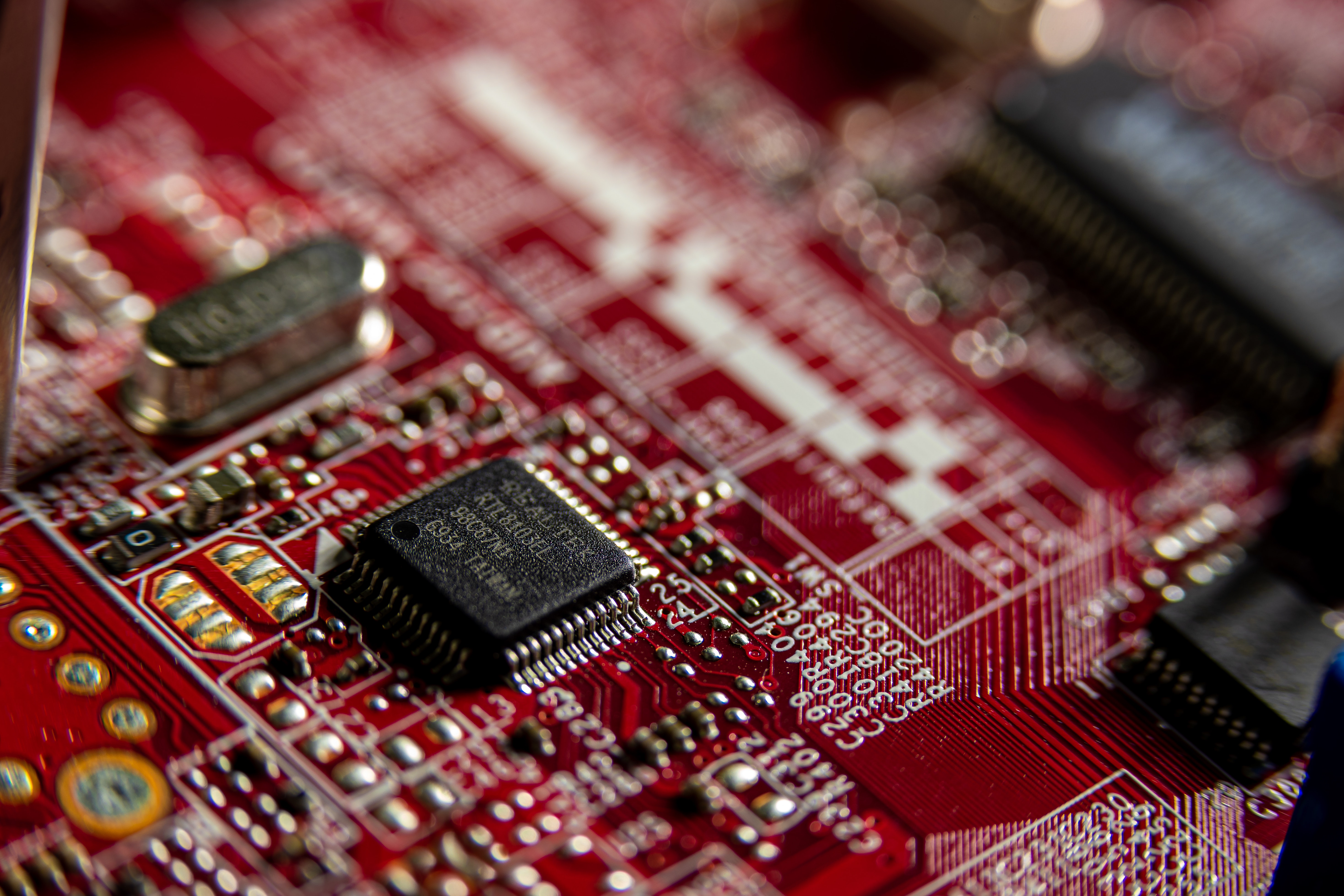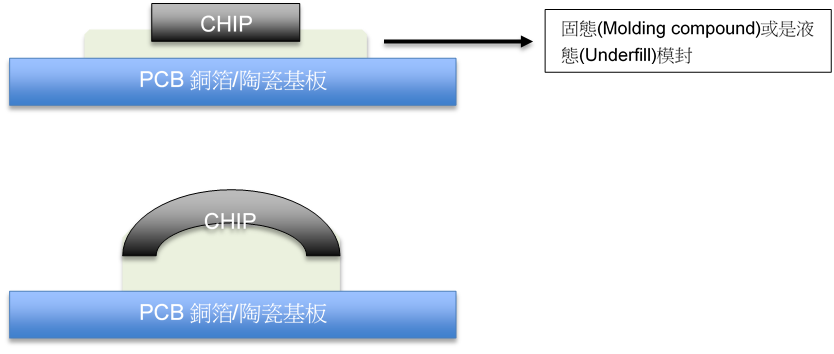What is the CTE value and how to effectively reduce it? Take Underfill as an example
Have you ever experienced the thermal stress caused by the difference in CTE between heterogeneous materials, which caused chip cracking? Or warpage problem? Then you should try to reduce the CTE value of the formula!!
Kelly Chemical provides a variety of high-quality spherical silica materials (nano/submicron/micron), which have been proven to achieve high filling rate, increase mechanical strength and reduce the CTE of the formulation.

Objects expand and contract due to temperature changes. The coefficient of thermal expansion (CTE) α is represented by the change in length value caused by unit temperature change under constant pressure (P constant). The CTE of each object is different, and in most cases, this coefficient is positive. That is to say, the temperature change is proportional to the length change, and the temperature increases and the volume expands.
When two heterogeneous materials are combined, if the difference in CTE value is too large, problems of cracking and warping will occur, as shown in the figure below:

Taking semiconductor packaging materials as an example, flip-chip packaging mainly uses Underfill, which is mainly composed of epoxy resin mixed with high-content inorganic powder SiO2. Since the CTE of epoxy resin is quite high, in order to make the CTE of the liquid packaging material close to the CTE of the chip and the substrate, SiO2 itself has a relatively low CTE, and adding a high proportion of SiO2 powder can significantly reduce the CTE of the liquid packaging material to avoid the problem of broken or warpage due to the difference of CTE. In addition, silica powder also has the characteristics of low dielectric loss and increased mechanical strength.
| Material | CTE Value (ppm/°C) |
|---|---|
| Epoxy Resin | 50–100 |
| Silicon Wafer | 3 |
| Ceramic Substrate | 15–20 |
| Silicon Dioxide | 0.5 |
In response to the development of semiconductor packaging towards multi-layer and narrow spacing, the particle size of the powder used in the underfill must become smaller. However, nanometer or submicron SiO2 is prone to agglomeration and makes dispersion more difficult. Therefore, for powder surface modification is the key technology of various manufacturers. Spherical powders have the characteristics of high fluidity and low specific surface area, and will be the main choice for liquid packaging materials that require high fluidity.
Packaging technology has entered the new challenges of 5G high-frequency and heterogeneous integration. Therefore, semi-material manufacturers have developed low dielectric constant, low dielectric loss, and low CTE products. Localized production of packaging materials will be a constant trend
In addition to Underfill, there are also quite a few semiconductor materials that require nano/micro spherical silica to reduce the CTE value, such as: Nonconductive Paste NCP , Epoxy Molding Compound EMC, Non-Conductive Film NCF, ABF Ajinomoto Build-up film, anti-etch ink, Copper Clad substrate CCL, etc... It can be seen that a good choice of SiO2 material can raise the product to a higher level.
(Further Reading: Spherical silica(SiO2) is the best choice for semiconductor packaging and CCL fillers!!)
#Spherical Silica SiO2 #low CTE #high filling ratio #good fluidity #encapsulation filler #low Df
#Epoxy Molding Compound #Molding Underfill #Thermal Interface Material #Underfill #CCL #NCF#ABF #NCP#EMC
CONTACT US
Kelly Chemical Corporation
Electronics
TEL:(02)2762-1985 ext 11200
Online Message
Leave your contact information,
and we will get in touch with you soon.
Email Consultation
After receiving your email,
we will process it as soon as possible.send Email